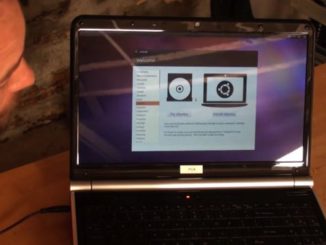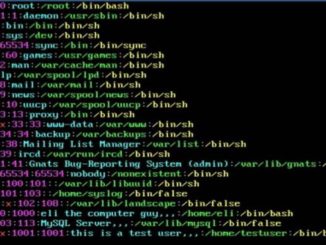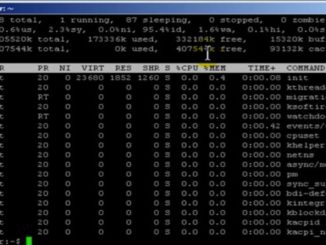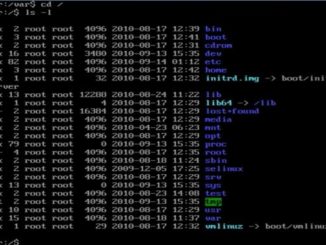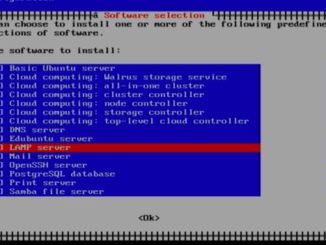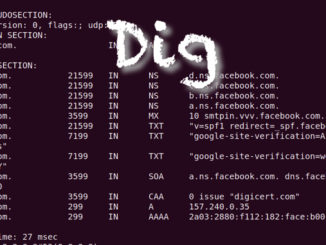
Linux Tools – Dig Utility Introduction for DNS Probing
Dig allows you to find public DNS information about Domains. So if you need to check MX records for your company, or see if there is an issue with a SaaS provider by finding theer […]

Dig allows you to find public DNS information about Domains. So if you need to check MX records for your company, or see if there is an issue with a SaaS provider by finding theer […]
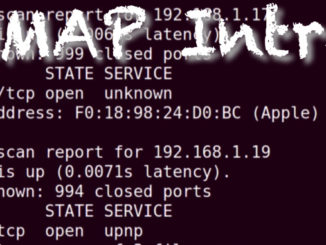
Nmap allows you to map your network from the Linux Command Line. You can determine IP Addresses, Mac Addresses, Open Ports, and even Operating Systems. This information can be outputted to a human readbale text […]
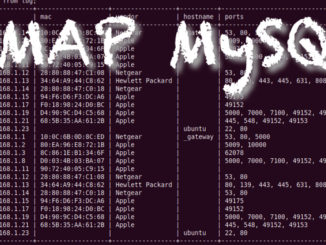
In this project we parse an nmap XML output file and then add the values to a MySQL Database Table. We then create a basic report that pulls the values out of the database and […]
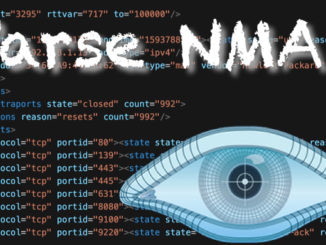
This project shows you how to parse (read) the nmap XML output file and turn ip addresses, mac addresses, hostnames, vendors and ports into PHP variable values and then print them out. Prerequisite Classes: Linux […]
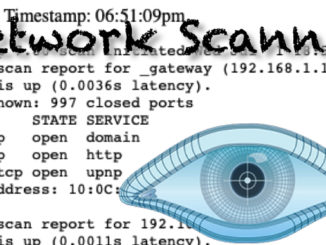
This project allows you to create a simple network scanner that is accessible from a web browser on the network. Essentially with this project we use a Cron Job every 10 minutes to trigger nmap […]
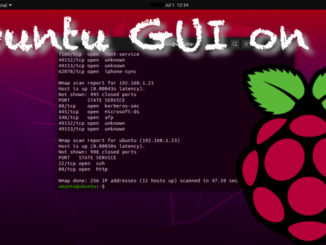
The standard Ubuntu Desktop works well on a Raspberry Pi 4 with 4GB of RAM. To get the Desktop Environment simply install the Ubuntu Server and then install the Ubuntu-Desktop on to it. Prerequisite Classes: […]

SAMBA allows you to use SMB/CIFS to do traditional/ windows type file management over the network. You can access files and folders just like you would on a windows network without needing to install additional […]
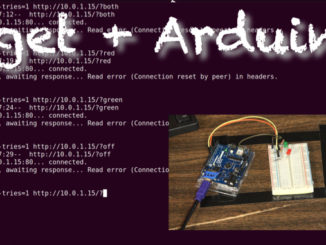
You can send commands to your Arduino Uno with WiFi thorough connection URL’s with wget on Linux. This is a simple way to add Arduino Commands to your scripts and web apps. wget https://www.gnu.org/software/wget/ http://manpages.ubuntu.com/manpages/bionic/man1/wget.1.html […]
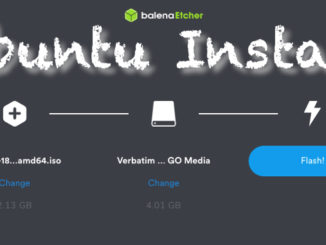
You can use the tool belenaEtcher to create a bootable installation flash drive for Ubuntu. https://www.balena.io/etcher/
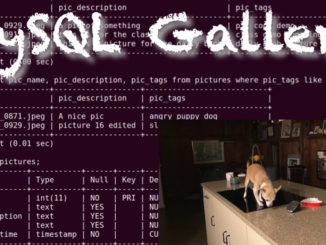
This class shows you how to create a picture gallery app that stores its data in a MySQL database. This allows you to do things such as adding Tags, Description, and even User Ownership so […]
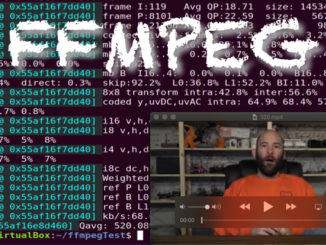
FFMPEG allows you to easily convert and resize your video files. FFMPEG: https://www.ffmpeg.org Install FFMPEG Convert Video to Another Format Change Video Size – Manually Input Width and Height Change Video Size – Keep Aspect […]
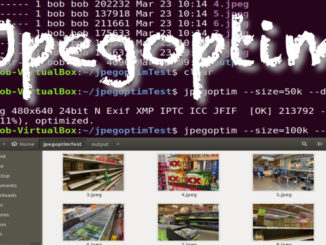
Jpegoptim allows you to compress/optimize image files from the command line in linux. WARNING: by default Jpegoptim modifies the source file JpegOptim: https://www.mankier.com/1/jpegoptim Install Jpegoptim on Ubuntu Resize Image (overwrites source) Saves Converted Image into […]
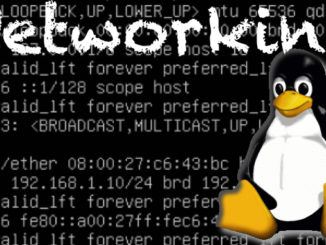
Configuring Networking at the command line in Linux can be confusing. It’s important to know that you use many different application to manage networking and these applications may be different based on your distribution or […]
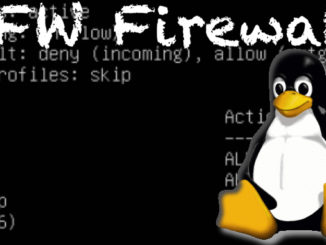
UFW is a simple firewall application that is included with Ubuntu nd can be installed on other distributions of Linux. Note: For the demonstrations to work you may need to change settings or hardware configurations […]

FTP allows you to upload, download files and perform basic file and directory tasks. FTP is a technology not a single product so there are numerous pieces of server and client software that can be […]
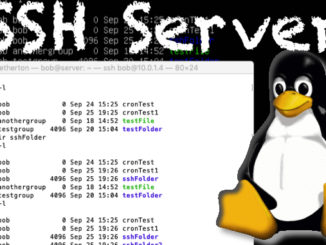
SSH allows you to remotely administer Linux Servers SSH is a Client/ Server System. SSH requires Port 22 to be accessible Change Network setting in VirtualBox to “Bridged Adapter” Install OpenSSH Server on your Linux […]
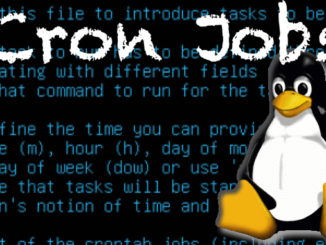
Cron Jobs are automated tasks that you can create in Linux to do such things as delete cache files or run antivirus scans. You simply set when you want the task to run and then […]
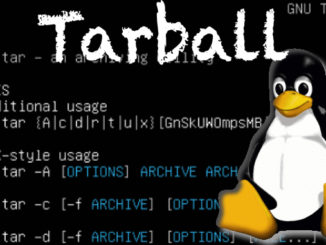
Tarballs are Compressed Archive Files of Folders that are useful when moving folders and making sure all contents stay intact. In the name tarball “tar” stands for the archiving, and “ball” stands for the compression. […]
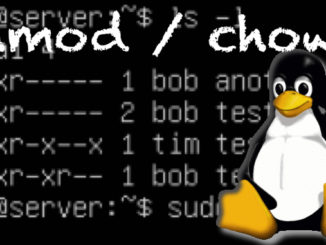
The commands chown and chmod allow you to change permissions and ownership of files and folders, but you also need to know the membership of groups to make sure permissions and ownership is appropriate. View […]
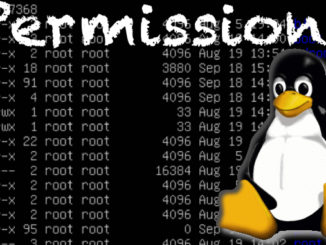
Linux Permissions are much more simple than what is provided in Windows Active Directory. You have 3 permission types that you can apply to 3 groups. The permissions are Read, Write and Execute which can […]
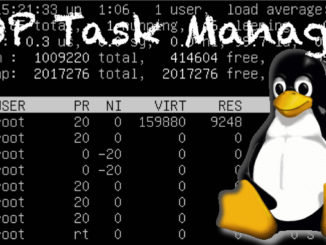
Top is the built in Task Manager for the Linux CLI. It can be a powerful and complex tool, but most people only need it for simple tasks. top – starts top sudo top – […]
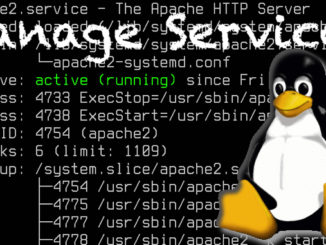
There are 3 ways to manage services on Ubuntu Linux. Systemd is considered the “right” way as of now, but using the service command and init.d scripts still work. When. you make changes to configuration […]
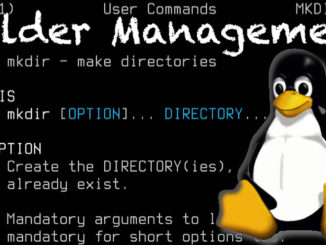
Managing folders is much like managing files in Linux. Just remember to use the -r option (recursive) for copying and deleting. Make Directory mkdir newfolder – Creates a folder called folder Rename Directory mv newfolder […]
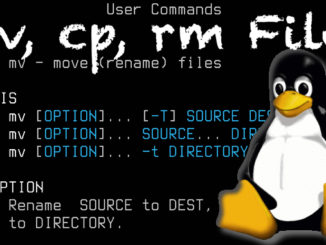
Renaming, moving, copying, and deleting files in Linux command line is easy. Renaming files uses the same command as move. As an administrator if you do not own the files you are interacting with you […]
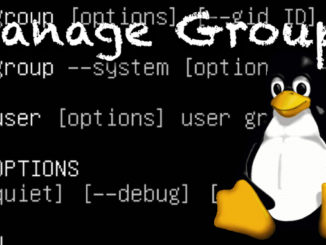
Managing Groups in Linux is relatively simple. It’s important to realize Linux users, groups and permissions are much simpler than in Windows Server. Group Configuration File sudo vim /etc/group – opens Group configuration file in […]
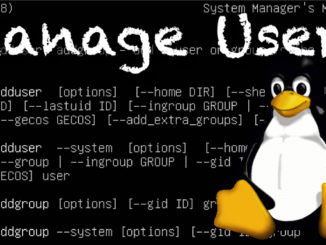
Managing Users on Linux systems is very easy. Add Users sudo adduser username – adds users Additional profile information is not required, but a comment is a good idea. Delete Users sudo deluser username – […]
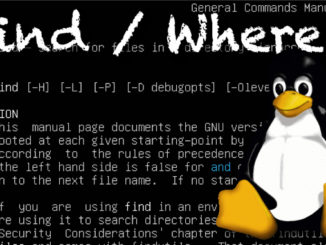
To find files and configurations in Linux you can use the find and whereis commands. Whereis who’s you the folders where data for applications are stored. Find allows you to search for files and folders […]
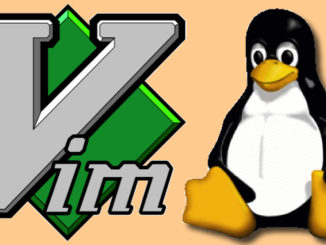
Vim is a text editor that is included with Ubuntu that allows you to modify configuration files. http://manpages.ubuntu.com/manpages/xenial/man1/vim.1.html To Create a Text File Simply type vim filename Capitalization matters. test.txt, Test.txt, and TEST.TXT are different […]
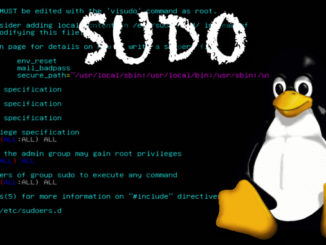
In order to do many tasks you have to escalate your privileges using the “sudo” command. This is like UAC in Windows. The idea is that to make major changes to the OS there is […]
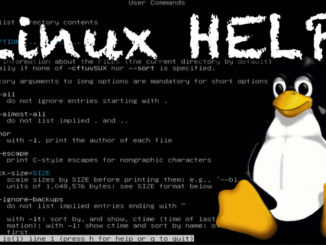
The UX for Linux can cause fits of laughter for all of the wrong reasons. Even the tools that are offered to help users can be frustrating to use and understand. We will go over […]
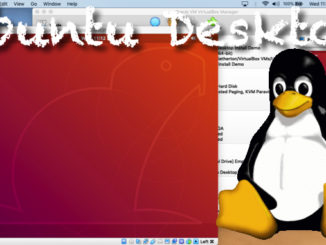
Installing Ubuntu Desktop in VirtualBox gives techs the ability to learn Linux with a GUI. Hardware Requirements In general I would recommend your host computer has 16GB of RAM and an SSD. 8GB of RAM, […]
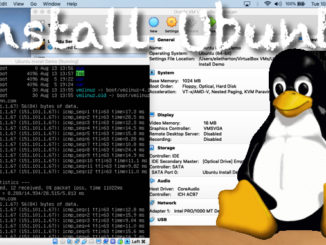
Installing Ubuntu Server into VirtualBox gives you the ability to create a lab environment without needing multiple physical machines. Hardware Requirements In general I would recommend your host computer has 16GB of RAM and an […]

VirtualBox is an Open Source, Free for all use virtual hypervisor that runs on Windows, Mac, Linux, and… Solaris. It is a good tool for using to learn Linux. Download VirtualBox: https://www.virtualbox.org Hardware Requirements You […]
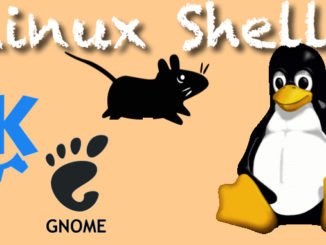
In Linux you can use numerous shells and Desktop Environments in order to interact with your system. Shells and Desktop Environments Shells are the software you use to directly interact with the operating system. Generally […]
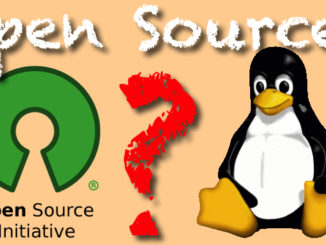
Everyone knows that Linux is “Open Source”! But what does that really mean? Open Source means different things to different people, and more importantly there are different licenses that are covered under the Open Source […]

Finding the best distribution of Linux for your personal use and for your organization is important. As with much in the tech world you should be thinking more about what questions to answer rather than […]
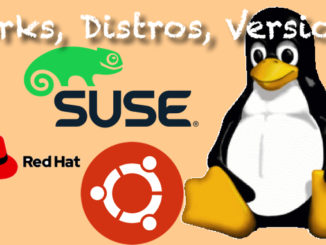
When using Linux it’s important to understand that “Linux” is not a single Operating System. GNU/Linux is built buy using numerous different applications. Over the years technicians have customized the applications and feel that they […]
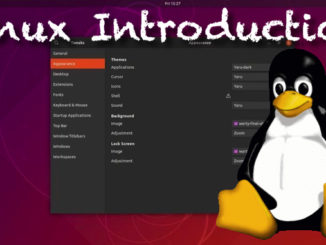
Understanding Linux is a must in the modern world as a technology professional. Whether you’re building IoT projects, or simply managing websites Linux will many times be your go to operating system of choice. What […]

